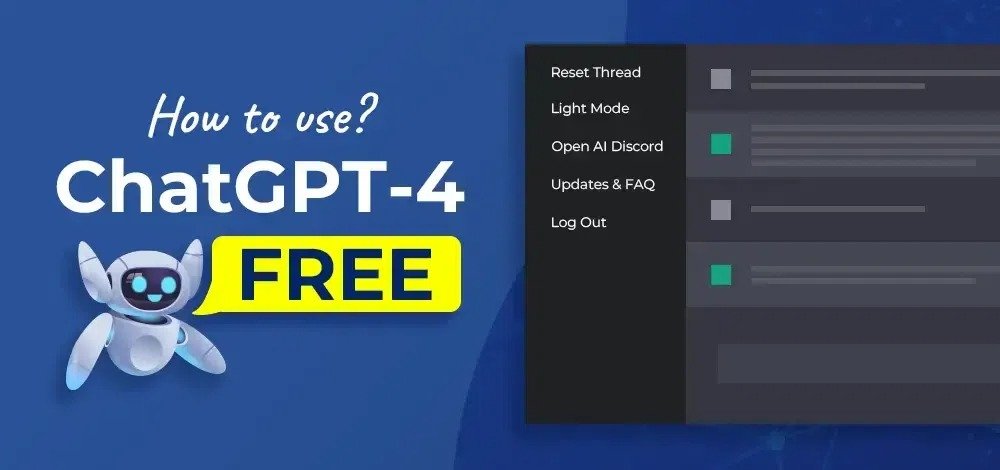
Unleashing the Power of Free GPT Platforms: A Comprehensive Overview
In recent years, the rise of artificial intelligence (AI) has revolutionized various aspects of our lives, from personalized recommendations on streaming platforms to advanced medical diagnostics. Among the many AI breakthroughs, Generative Pre-trained Transformers (GPT) have emerged as a powerful tool for natural language processing tasks. GPT platforms, particularly the free ones, have democratized access to this cutting-edge technology, enabling individuals and businesses to leverage AI for a wide range of applications. free gpt
Understanding GPT Platforms
Generative Pre-trained Transformers, or GPT, are a type of machine learning model that uses deep learning techniques to generate human-like text based on the input provided. These models are pre-trained on vast amounts of text data, allowing them to understand and generate coherent text in various styles and contexts. GPT platforms provide an interface for users to interact with these models, generating text based on prompts or queries.
The Evolution of Free GPT Platforms
Initially, access to GPT technology was limited to large tech companies with significant resources to invest in research and development. However, the landscape changed with the introduction of free GPT platforms, which democratized access to this advanced technology. Platforms like OpenAI’s GPT-3 and Hugging Face’s Transformers have made state-of-the-art language models available to developers, researchers, and enthusiasts worldwide at no cost.
Applications of Free GPT Platforms
The versatility of GPT platforms has led to their widespread adoption across various domains. From content generation and chatbots to language translation and code generation, these platforms have proven invaluable for numerous applications. Content creators use GPT models to brainstorm ideas, generate articles, and even automate social media posts. Businesses leverage them to improve customer service through AI-powered chatbots that can understand and respond to inquiries in natural language. Additionally, GPT models have shown promise in educational settings, assisting students with writing assignments and providing personalized feedback.
Benefits of Free GPT Platforms
The availability of free GPT platforms offers several benefits to users:
- Accessibility: Free GPT platforms democratize access to advanced AI technology, allowing individuals and organizations of all sizes to harness its power for various applications.
- Cost-effectiveness: By eliminating the need for expensive licensing fees or infrastructure investments, free GPT platforms enable cost-effective experimentation and innovation.
- Community Collaboration: These platforms foster collaboration and knowledge-sharing within the developer community, driving continuous improvement and innovation in AI technologies.
- Rapid Prototyping: Developers can quickly prototype and test new ideas using GPT platforms, accelerating the development cycle and bringing innovative solutions to market faster.
Challenges and Considerations
While free GPT platforms offer tremendous potential, they also present challenges and considerations:
- Ethical Use: As with any powerful technology, ethical considerations are paramount when using GPT platforms. Users must be mindful of biases in the training data and ensure that AI-generated content is used responsibly and ethically.
- Data Privacy: GPT platforms require large amounts of text data for training, raising concerns about data privacy and security. Users should be cautious when sharing sensitive information with these platforms and ensure compliance with relevant regulations.
- Quality Control: While GPT models excel at generating human-like text, they are not perfect and may produce errors or inaccuracies. Users should exercise caution and verify the accuracy of AI-generated content, especially in critical applications.
- Resource Limitations: Free GPT platforms may have limitations in terms of computational resources, model size, and API usage quotas. Users should be aware of these limitations and plan accordingly when developing applications or conducting experiments.
Future Directions
The future of free GPT platforms looks promising, with ongoing advancements in AI research and development. As technology continues to evolve, we can expect to see improvements in model performance, scalability, and usability. Additionally, new applications and use cases for GPT technology are likely to emerge, further expanding its impact across industries and domains.
In conclusion, free GPT platforms have democratized access to advanced AI technology, empowering individuals and organizations to unleash the power of natural language processing for a wide range of applications. While challenges exist, the benefits of these platforms are undeniable, driving innovation and collaboration in the AI community. As we look to the future, the continued development and adoption of free GPT platforms hold tremendous potential for transforming how we interact with and harness the power of AI.